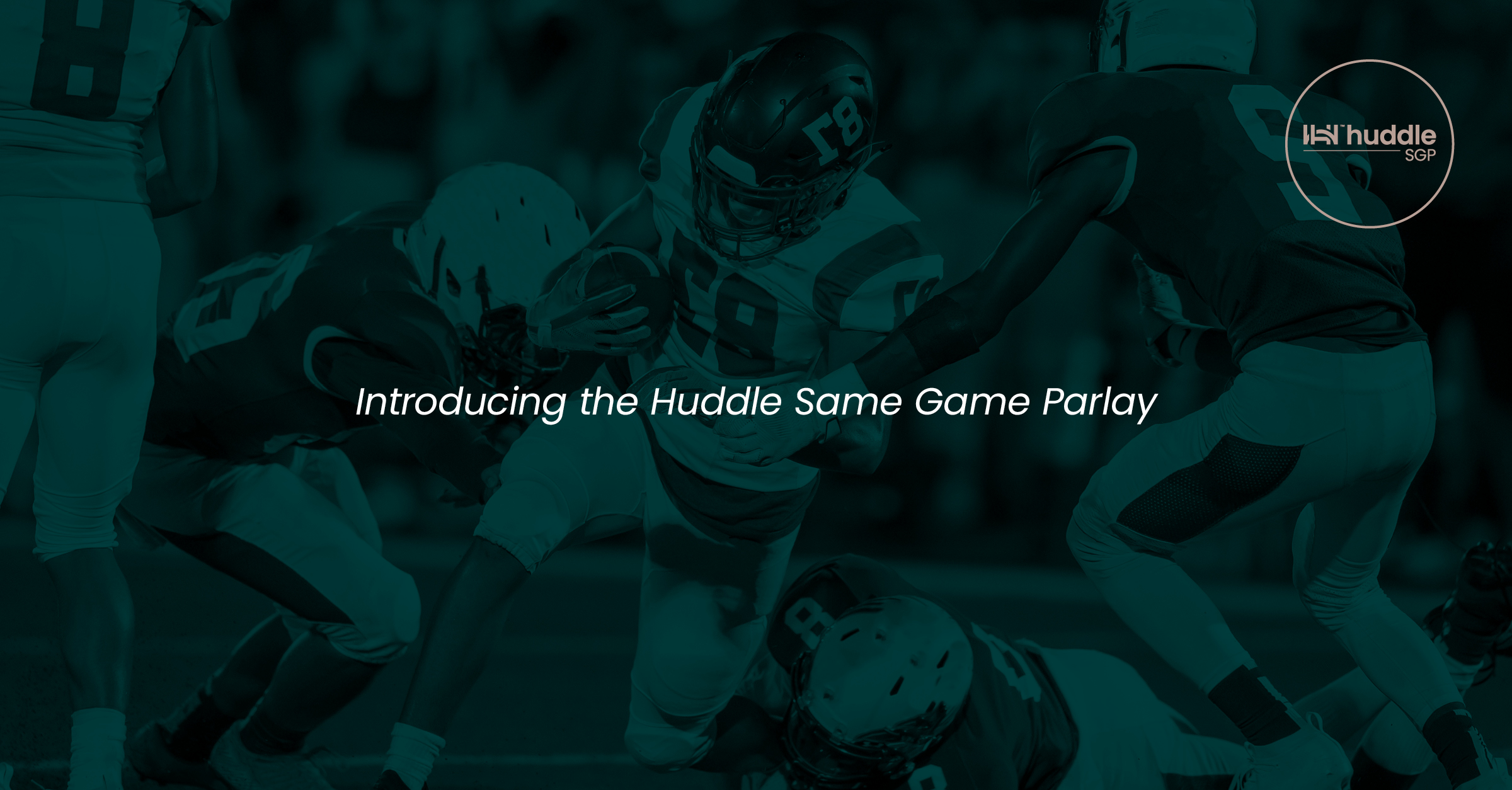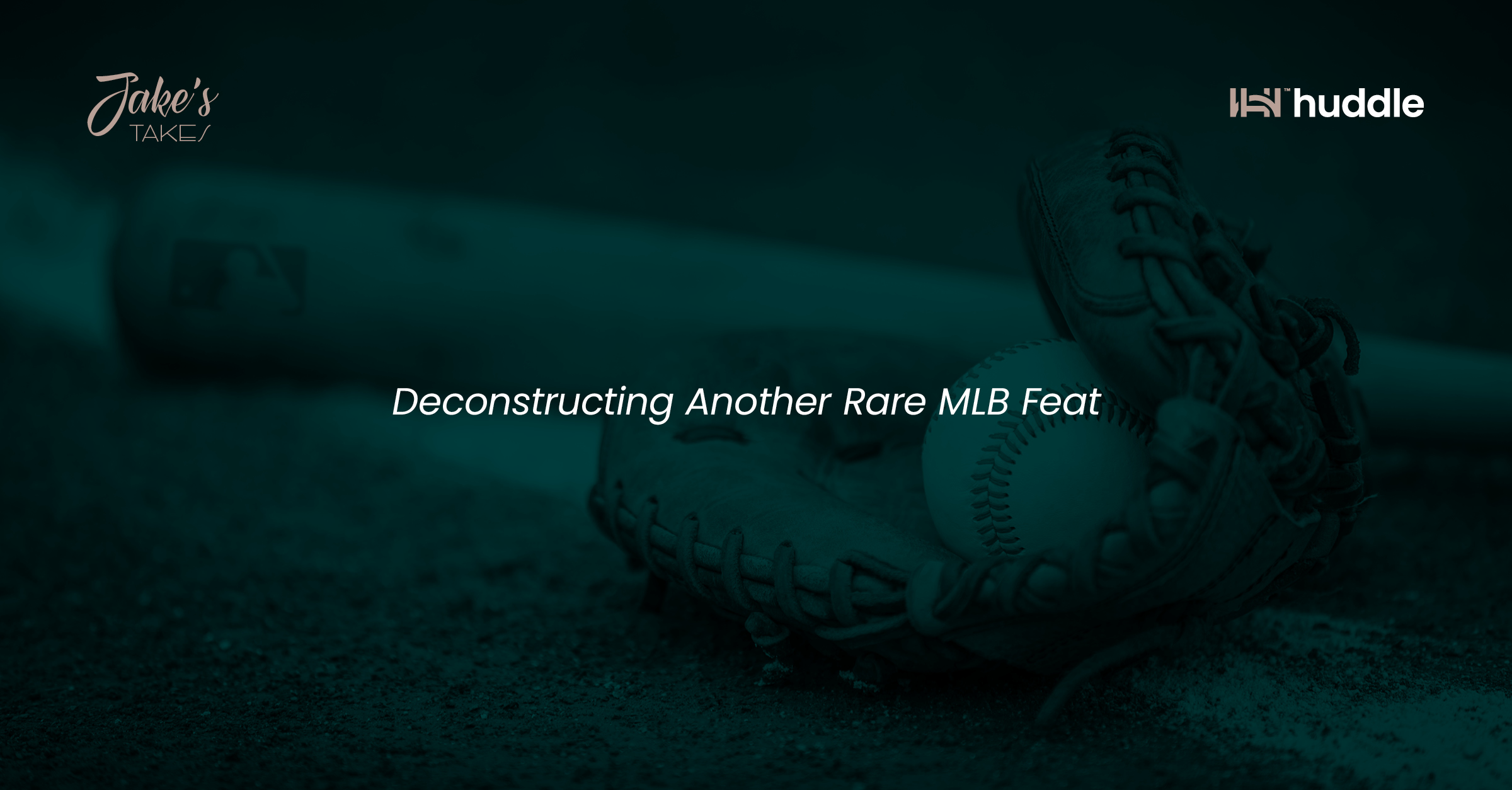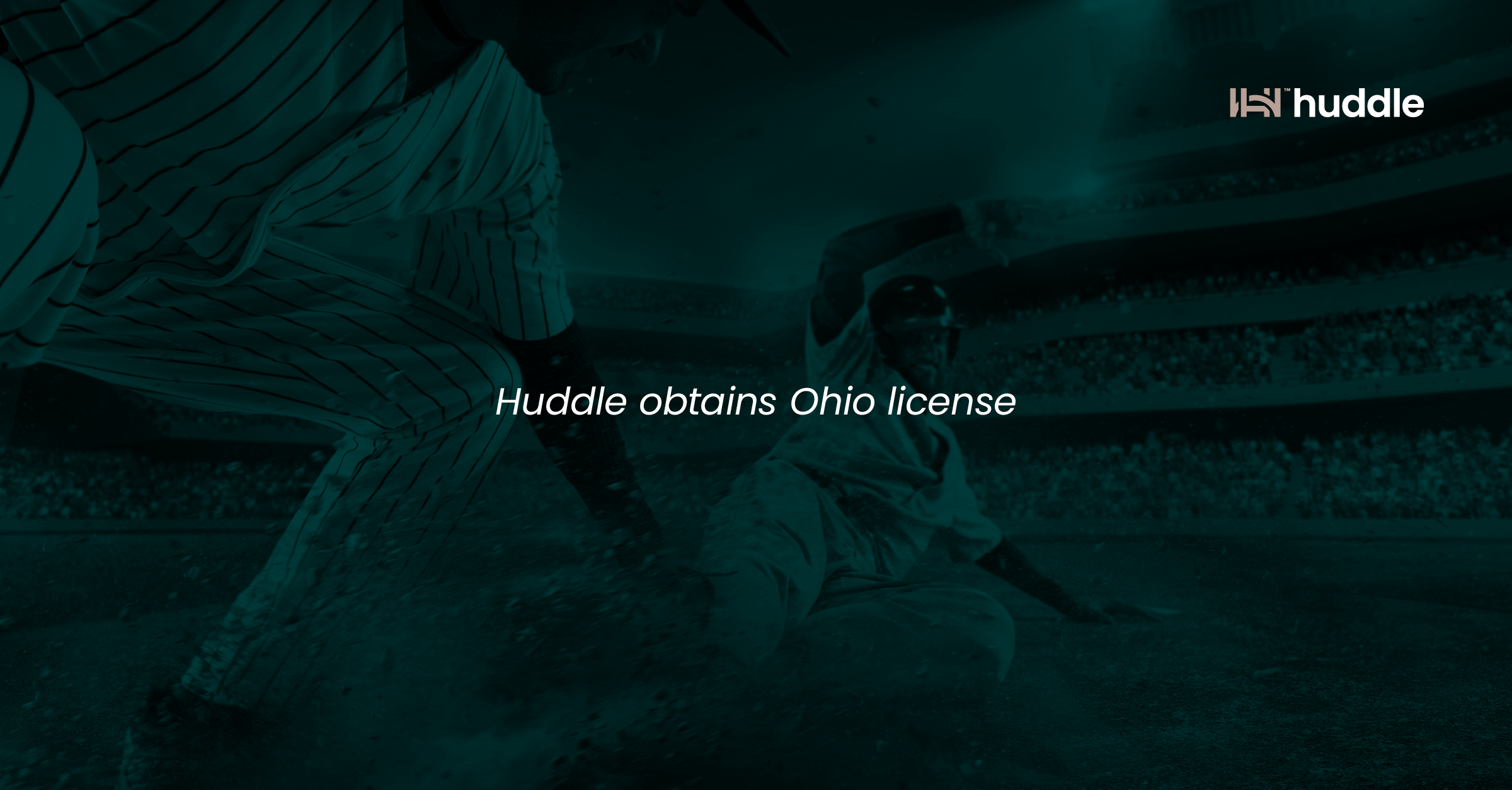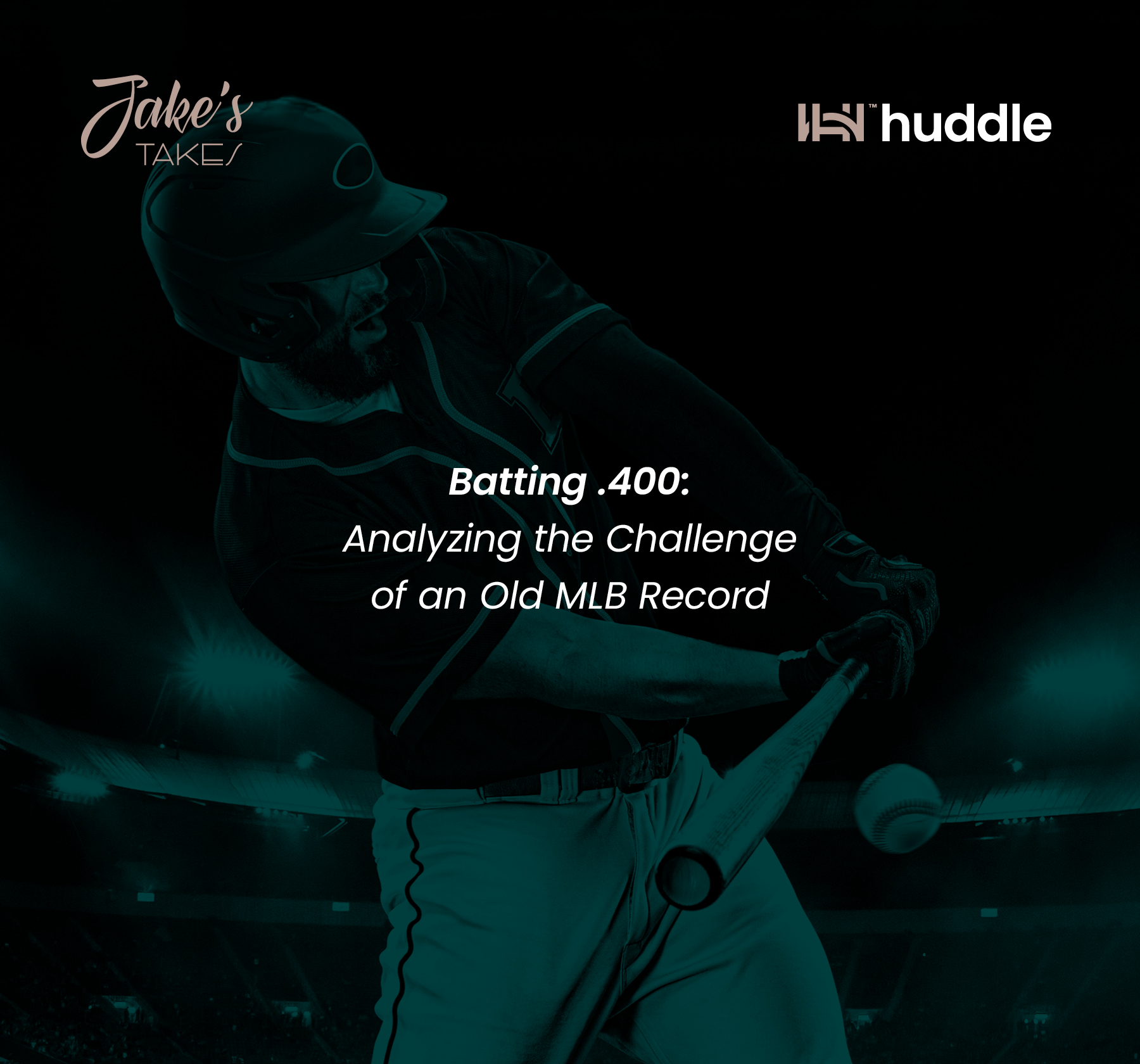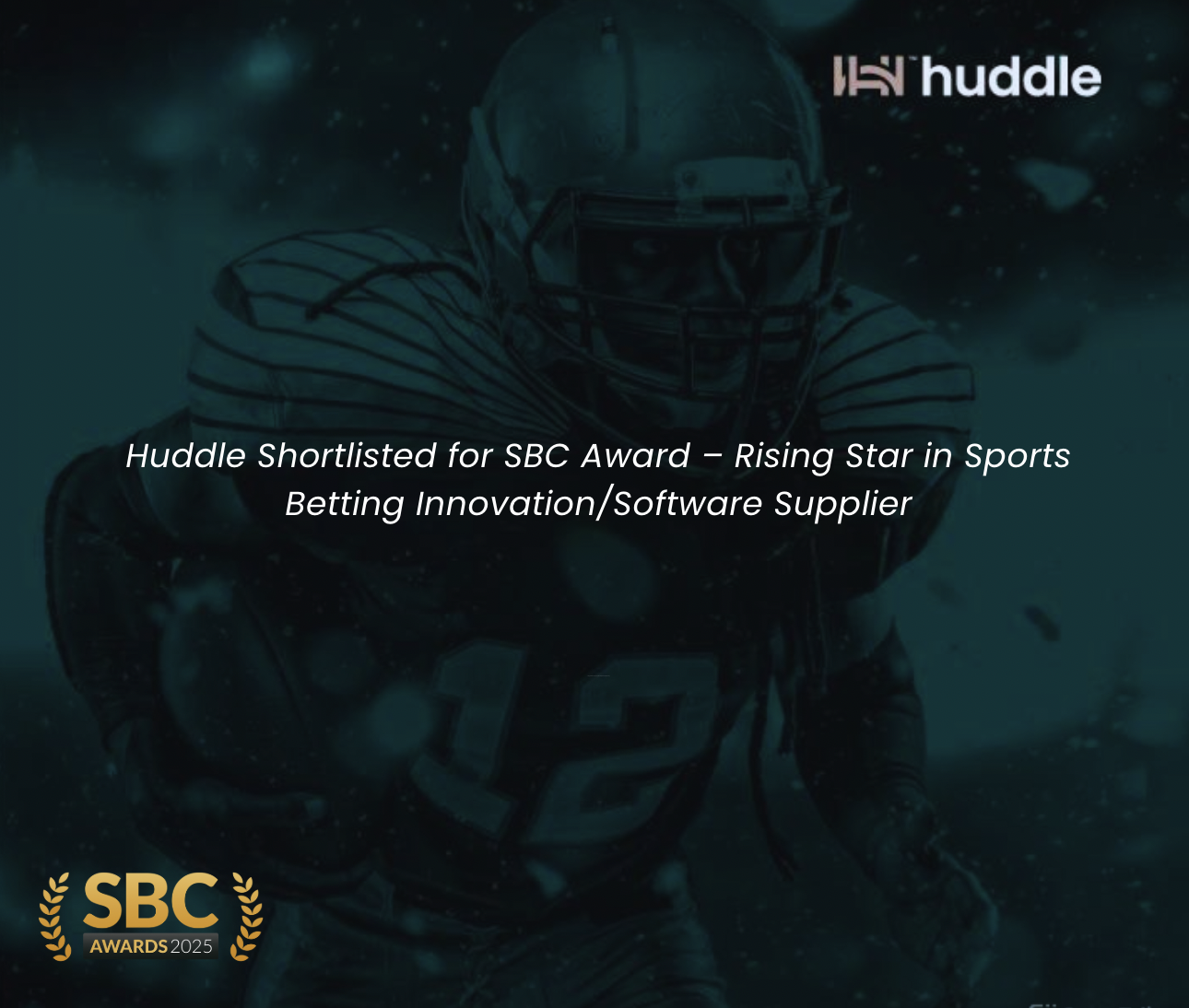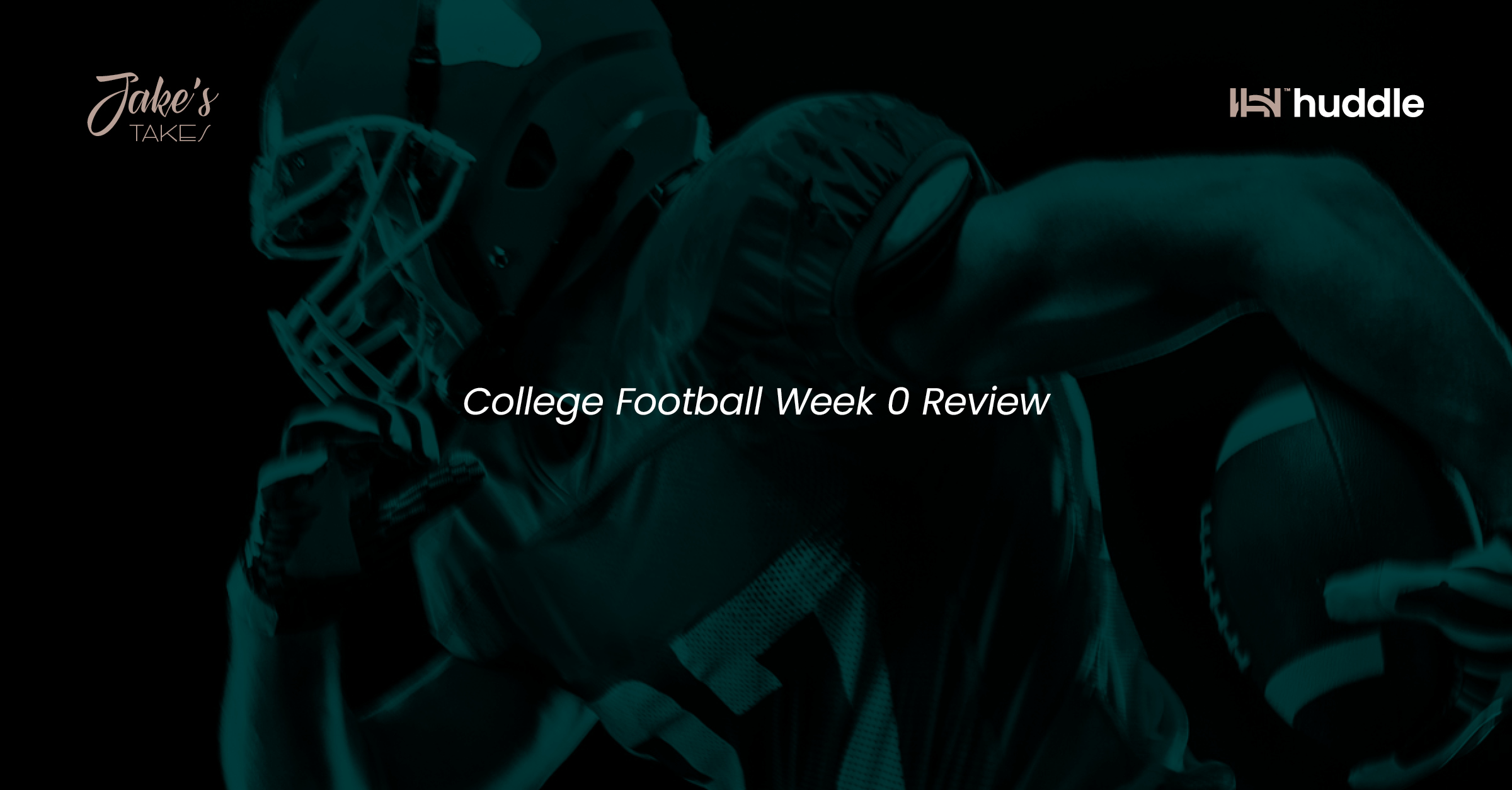
Are Microbetting & Player Prop Markets Content Fodder… or the Future of Sports Betting?
Blog
Are Microbetting & Player Prop Markets Content Fodder… or the Future of Sports Betting?
One of the major questions for sportsbooks in the United States, immediately after the repeal of PASPA, was whether or not the rise of micro-betting would eventually pay dividends, or if it was just a fad that would never amount to revenue for them in the same vein as pre-match does. Six years later, it would seem that micro-betting has cemented its place in the sports betting industry. It’s the fastest growing type of wager – and since sportsbooks can now offer live-streaming options, in-play betting has seen a significant uptick.
Today, I’ll be chatting with Dylan Mitchard, the VP of Business Development at Huddle, about micros and player props and their place in the sports betting ecosystem. While micros remain potential-driven, player props, especially in regions like Latin America and parts of Europe, have already matured. The focus on individual players, related to the NBA's collection of genuine superstars, influences sportsbooks to tailor offerings based on player-centric markets. Dylan emphasizes the importance of catering to micros and player props, aligning with the trend of increased focus on players rather than teams. The shift towards instant gratification and heightened fan engagement confirms the relevance of real-time market creation, pricing, and settlement.
Let’s get into a more nuanced discussion in regards to current and upcoming trends and Huddle’s role in the sports betting landscape.
The Landscape and Huddle's Role
Jake: To kick things off, what might operators be thinking now regarding micros and player props, and how does Huddle fit into this universe?
Dylan: Operators anticipating micros and player props as drivers for sportsbook revenue understand the need for access. Huddle provides a one-stop-shop solution, offering full market integration, same-game parlays, player props, micros, pre-game, and in-play offerings with industry-leading uptime and bespoke margin functionality. It simplifies the process for operators, requiring just one commercial relationship and integration pathway for comprehensive market coverage. Currently, prior to the introduction of Huddle, obtaining both micros and player markets involved reaching out to several specialised providers, all requiring their own demanding integrations and contracts (all whom, aim to impose a notable minimum fee). Additionally, navigating the complex landscape, both commercially and in terms of integration, for the supply of Core and Derivative markets for US Sports, poses its own challenges. Without a consolidated solution, managing integrations can be cumbersome, leading to potential headaches and escalating costs.
Jake: So the core value is a one-stop-shop market coverage.
Dylan: Exactly. Huddle's ability to offer a range of markets, combined with superior uptime and sharp money-driven services, makes it an attractive choice for operators.
Introducing Huddle Microbetting! Read HERE why Huddle Micro Markets are leading the way!
Micros and Player Props: Potential and Maturity
Jake: Moving on to the potential of micros and player props, what are your insights?
Dylan: Micros are still potential-driven, while player props, particularly in regions like Latin America and parts of Europe, have already matured. Look at the NBA, where there’s now a very clear collection of genuine superstars – players people want to bet on specifically. It’s important to touch on these little nuances to get an understanding of the big picture here.
Jake: The superstar effect is evident in various sports. For instance, in the NFL, player prop bets on Travis Kelce may have surged since he started dating Taylor Swift.
Dylan: Absolutely. This influences sportsbooks to evolve offerings based on player-centric markets, a trend we've addressed at Huddle by delivering player markets to a broader audience. Bringing those player markets to the masses and having that in our portfolio – all driven by the trend of increased focus on the players, opposed to the team.
The trend is really about the nuance of why catering to micros and player props is important for the sportsbooks themselves. The nature of sports is increasingly trending towards instant gratification and increased fan engagement. If you’re looking at these offerings as the future (so to speak) of betting revenue, then it is important to build a product that can create, price and settle those markets in real-time.
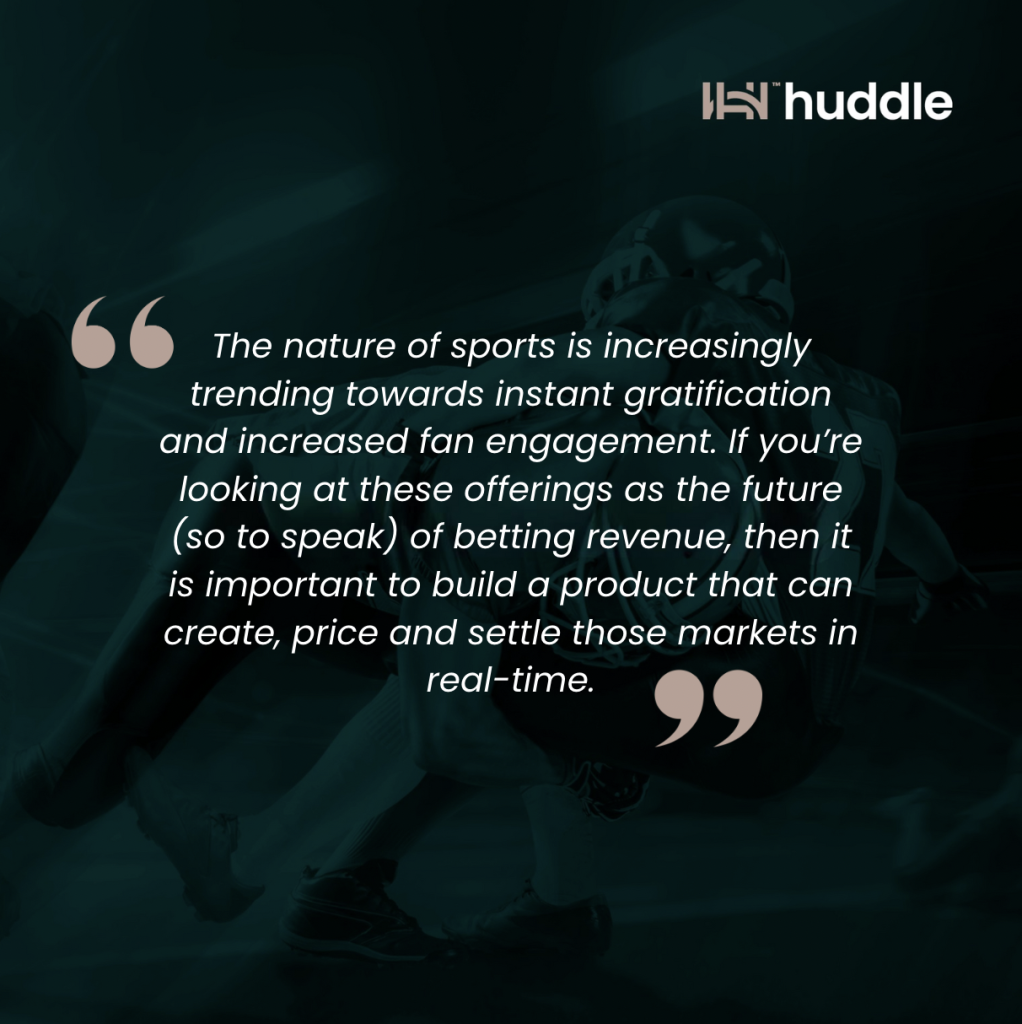
Huddle's Approach to Innovation
Jake: Beyond industry standards, is Huddle working on anything new, or is the focus on consistency?
Dylan: Our approach is foundational, building on existing capabilities. The SGP (Same-Game Parlay) product is a prime example, combining micros and player props into a seamless offering with features like void and push legs to enhance the bettor's experience.
Jake: Can you elaborate on the SGP product?
Dylan: Let’s say you’re building a same-game parlay with a specific player, but maybe that player doesn’t start or play that day. Our SGP product that we’ve built caters to void and push legs and do a price reduction for the bettor – versus just turning that into a lost bet. You don’t want the bet to die with something unfortunate like that. The bettor gets the satisfaction and gratification and maybe the player prop or micro marketing was the reason they placed the SGP in the first place. The last thing you want is an annoyed bettor reacting to us voiding their bet or marking it as a loss
Jake: With the growing demand for micro-specific options, how do you balance users who might be curious about parlays but don’t place it for the fear of the above happening?
Dylan: I think you want to look at ecommerce for that. If you’re buying a product and leave stuff without purchasing online, you’ll get an email push letting you know you left something in your shopping cart. Imagine the same thing within the sports betting industry. There’s a lot to like about empty betslip conversions – ultimately yes, we want people to place the bet. You want to help convert and reduce the amount of people who design a bet and don’t place it, but you also don’t want customers going to social media to complain about overbearing user experience.
Enhancing User Experience and Future Trends
Jake: It seems Huddle is focused on delivering a unique user experience. How do you see this evolving in the next three to five years?
Dylan: We’re committed to having the best uptime in the industry and making sure that we’re matching our market offering to the demands of the market. Whether that’s player props or micros, we have our projections and models with a ridiculous number of data point inputs, which are being calibrated with over 15 years of information from both a syndicate perspective and a B2B supply perspective. We’ve also got our pretty robust player projections as well. We’ve seen these player markets that are quite popular, no doubt about that.
Jake: If there's a sport lacking unique prop or market options, which one would you target?
Dylan: In North America, there's potential to create unique markets, like predicting the combined number of team touchdown scorers as an over/under for events like the Super Bowl, adding an entertaining dimension.
Introducing NFL Player Props: Read HERE the Q&A With Huddle CEO
The Future of Player Props and Micros
Jake: Looking at player props and micros with a long-term vision, what do you foresee?
Dylan: It’s interesting. When in-play first came about, I’m sure there were people who were skeptical or thought of it as a niche market but not the “future” of sports betting. But fast forward from 2018 to now, and you see the position we are in today. Everything changes… Nothing is necessarily set in stone. Could they be the future of revenue growth within the North American sports betting industry? Sure. But that opinion could change in a month or a year. With people switching their betting behavior in recent times to backing more individual players, am I surprised to see an uptick in interest for player props? No.

